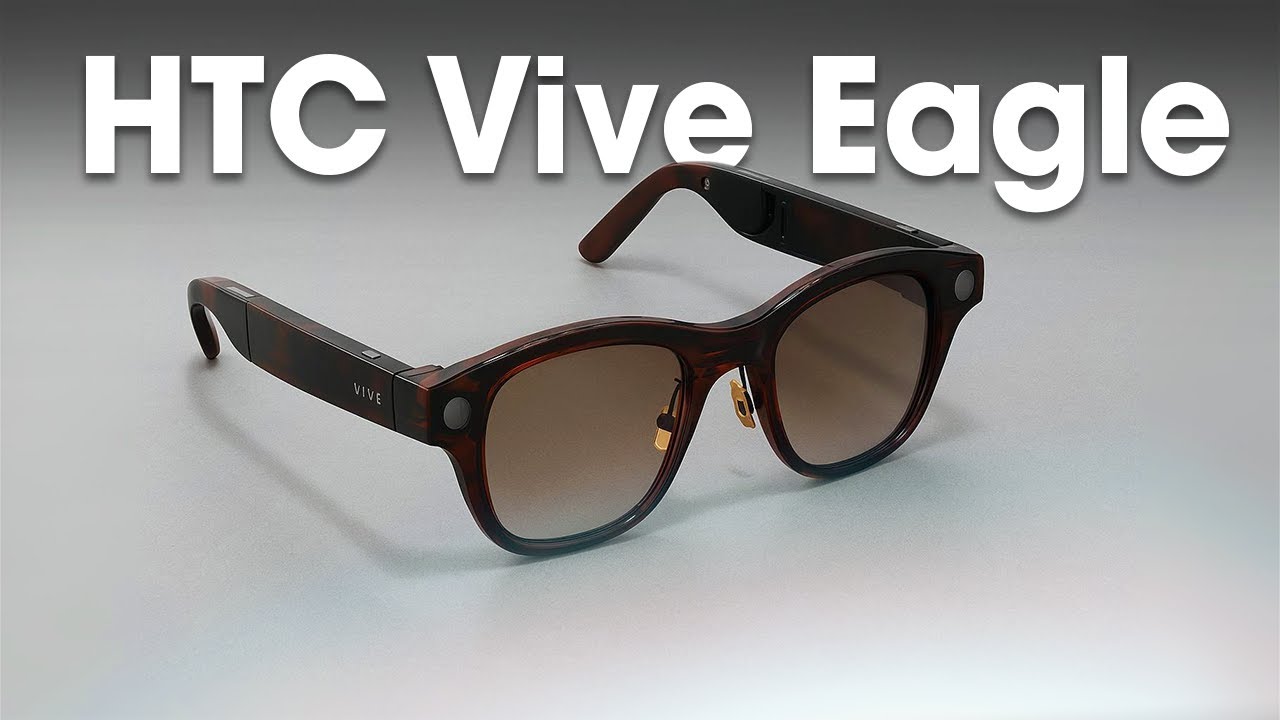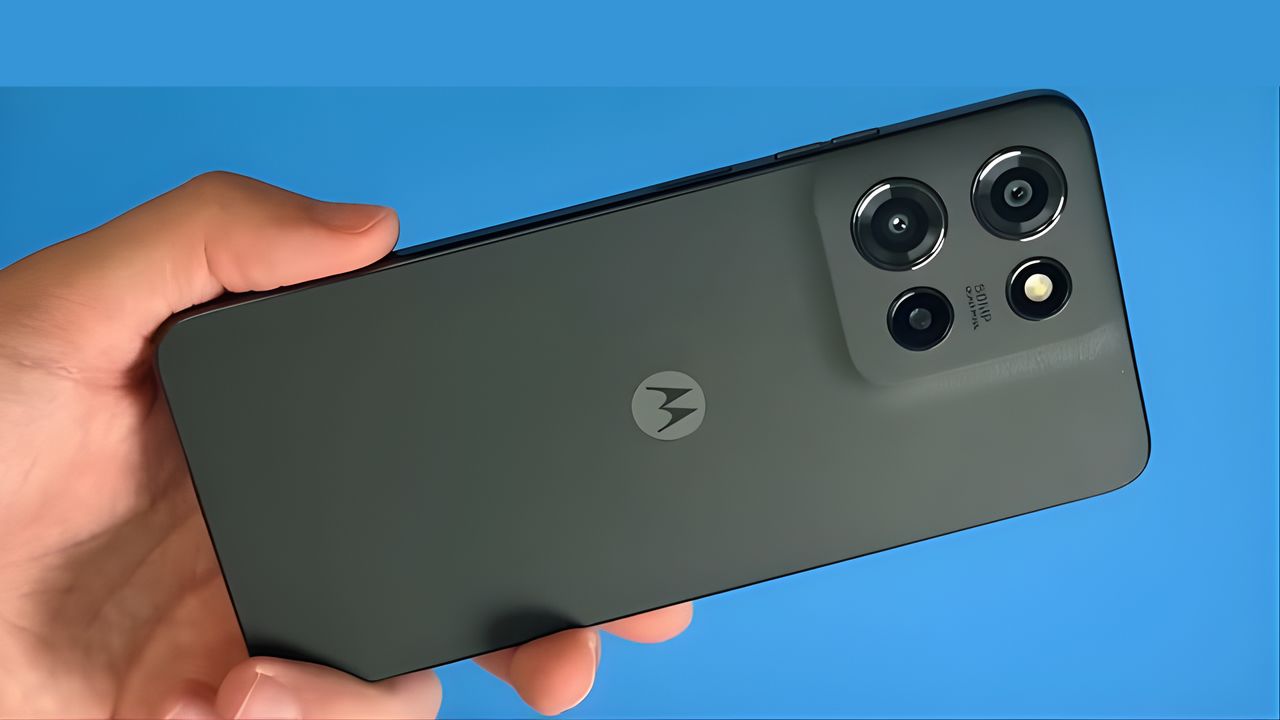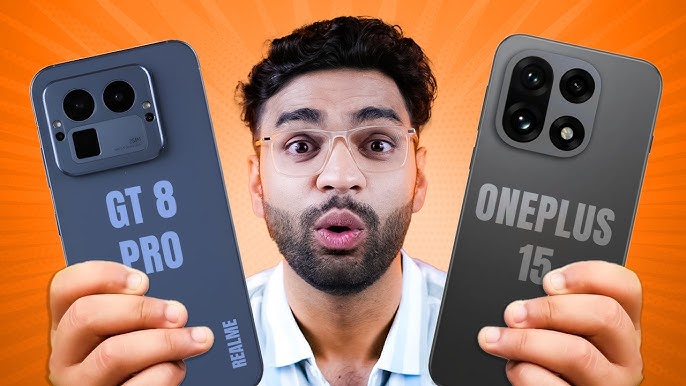HTC has officially stepped into the AI smart glasses market with the launch of its Vive Eagle, a sleek and lightweight pair of AI-powered eyewear that combines futuristic design with practical everyday features. Positioned as a strong competitor to Meta’s Ray-Ban smart glasses, Google’s upcoming AR eyewear, and other tech giants’ offerings, the Vive Eagle is a bold statement from HTC about the future of wearable AI.
A Blend of Style and Technology
The first thing that stands out about the Vive Eagle is its lightweight design, weighing under 49 grams. With a stylish build, the glasses feature ZEISS sun lenses and come in four attractive colors — translucent black, berry red, blueish gray, and coffee brown. Designed for daily wear, they don’t just look like futuristic tech but also double as fashionable accessories.
AI That Works for You
At the heart of the Vive Eagle is HTC’s Vive AI assistant, which powers a range of smart functions:
- Real-time translation across 13 languages, including Arabic, Chinese, Japanese, Korean, Turkish, and more.
- Voice assistance for setting reminders, jotting down quick notes, or even finding restaurant recommendations.
- Context-aware interactions, like helping during travel or supporting productivity on the go.
Built-In Hardware for Everyday Use
HTC didn’t compromise on performance. The Vive Eagle comes with:
- A 12MP ultra-wide camera for capturing moments.
- Open-ear speakers for immersive audio without blocking environmental sounds.
- Snapdragon AR1 Gen 1 processor, paired with 32GB storage and 4GB RAM.
Battery life is another highlight — offering up to 36 hours of standby time or 4.5 hours of music playback. Thanks to magnetic fast charging, users can reach 50% battery in just 10 minutes.
Strong Focus on Privacy
One of HTC’s biggest differentiators is its commitment to user privacy. All data is stored locally on the device, not uploaded for AI model training. Interactions with external AI platforms remain anonymized, and powerful AES-256 encryption protects stored content.
Additionally, a built-in LED indicator signals when recording is active. If the glasses are removed or the LED is blocked, recording automatically stops — ensuring transparency and user trust.
Growing AI Ecosystem
Beyond the hardware, HTC is also building a full ecosystem around the Vive Eagle. The glasses integrate with popular AI models like ChatGPT and Google Gemini, while HTC’s own Vive AI Plus subscription expands capabilities with premium services such as navigation, search, and smart recommendations.
To encourage wider adoption, HTC is also opening its platform to third-party developers, enabling future apps and use cases.
Price, Availability, and Market Position
Currently, the Vive Eagle is being rolled out exclusively in Taiwan, with pre-orders available through select optical retailers and mobile stores. The official launch is scheduled for September 1, 2025.
The price is set at around NT$15,600 (approximately $520 USD), which places it above Meta’s Ray-Ban smart glasses but close to other premium offerings in the market. Pre-orders also include two years of Vive AI Plus services, adding value to the purchase.
Competing in a Growing Market
The launch of Vive Eagle places HTC directly in competition with Meta, Google, Apple, Samsung, and Xiaomi, all of whom are racing to dominate the smart glasses market. While Meta’s Ray-Ban has already gained traction globally, HTC’s approach — focusing on privacy, premium design, and advanced AI features — could carve out a unique niche for itself.
Final Thoughts
With the Vive Eagle, HTC has created a strong contender in the next wave of wearable technology. It’s lightweight, stylish, and packed with AI-powered features that go beyond gimmicks to provide real-world usefulness. While availability is still limited, the launch signals HTC’s return as an innovator in consumer tech — and a new era of AI-driven smart eyewear may just be beginning.








